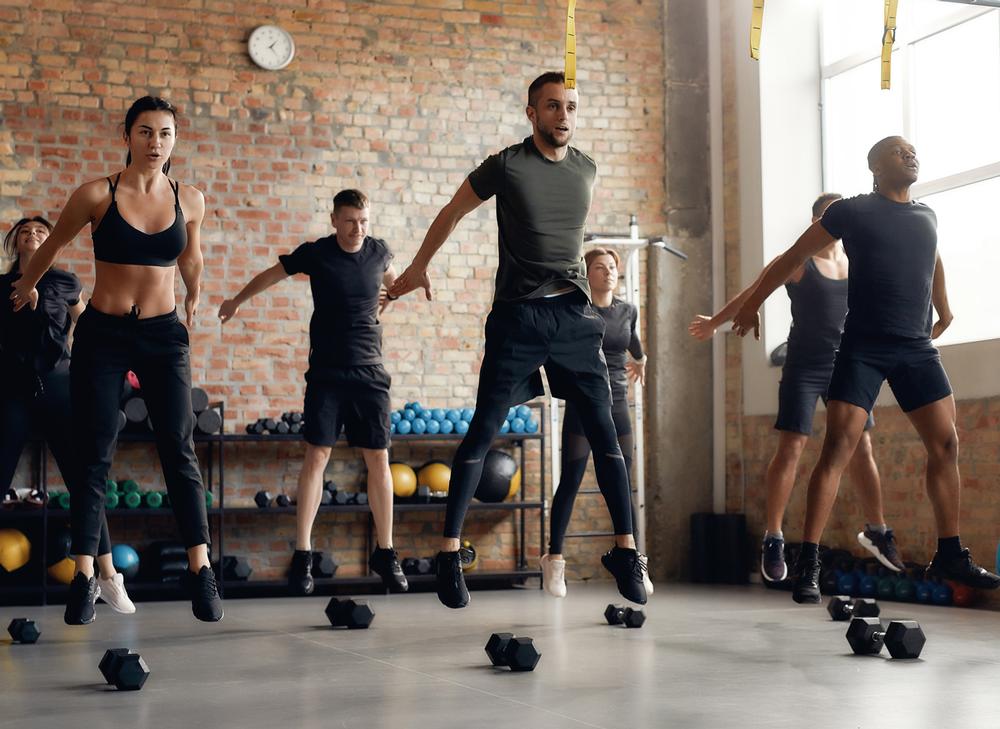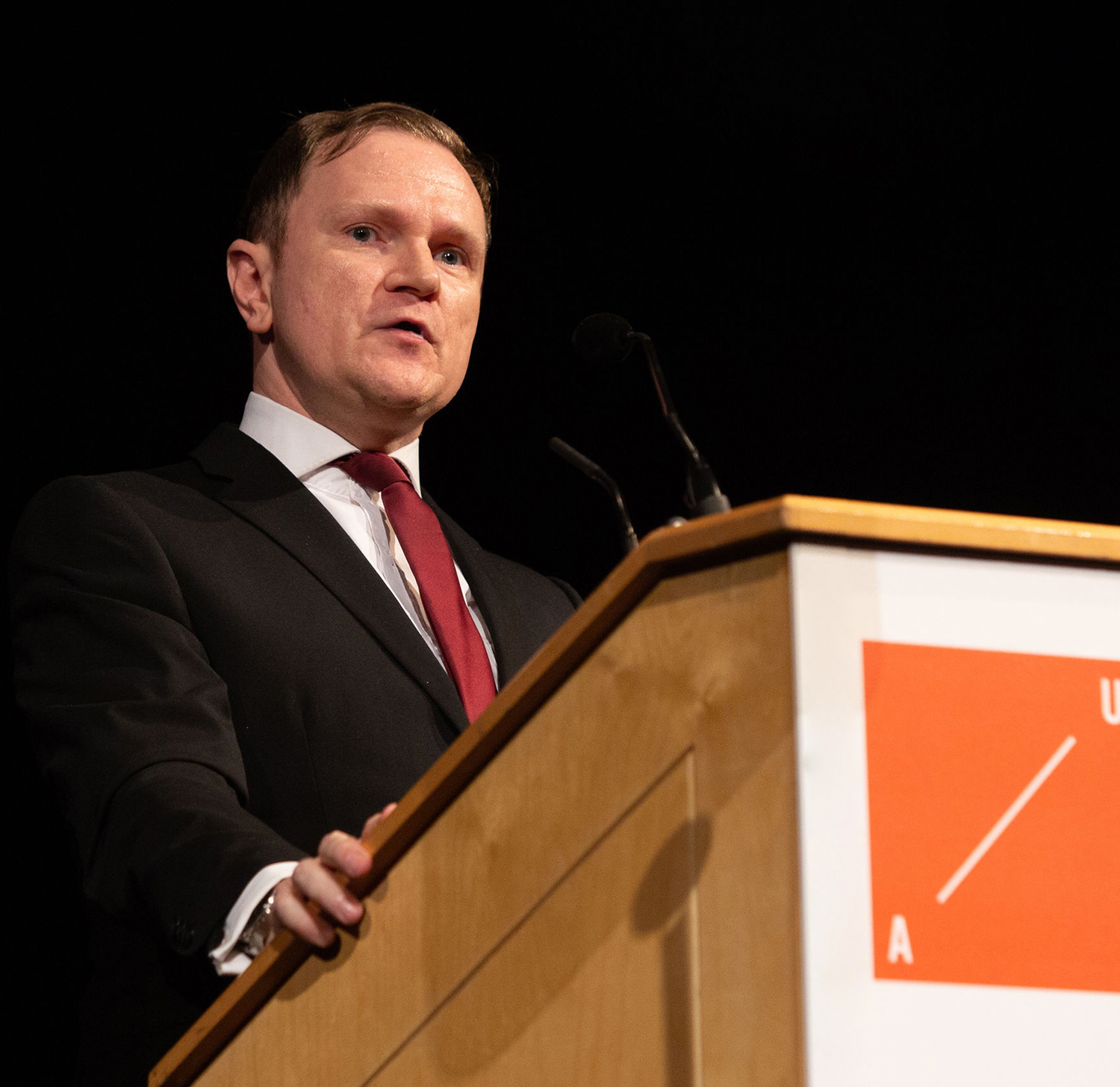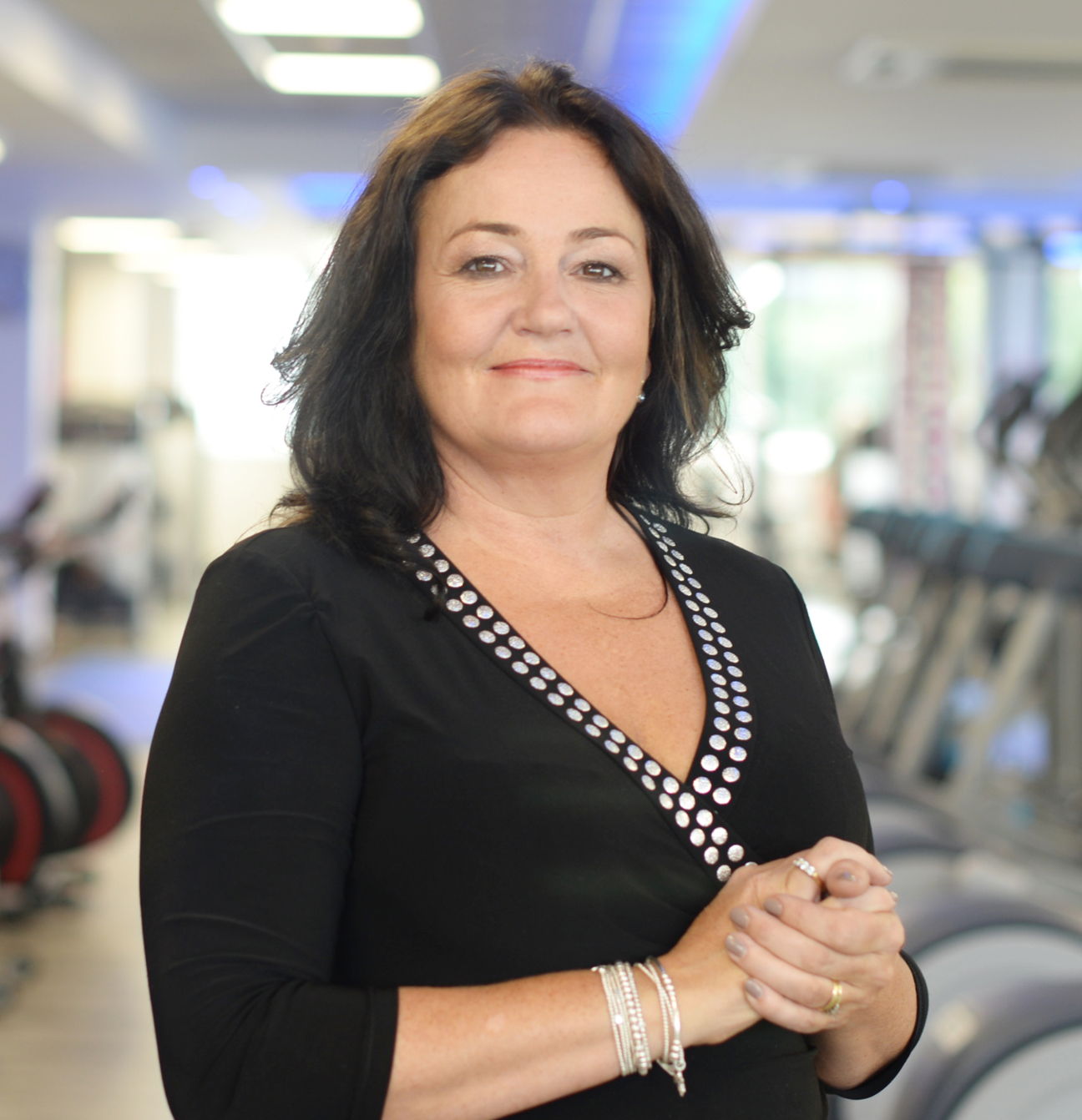High streets across the country were struggling even before the COVID-19 lockdown pushed everyone further in the direction of online shopping.
As a result, the loosening of planning regulations to allow gyms on the high street is welcome news that could breathe new life into towns full of empty shops.
The changes relate to amendments to the Use Class Order, the legislation which defines the nature of businesses permitted to operate on the high street. The limited nature of the Use Class Order has made it difficult for towns to diversify their retail mix in response to changing consumer demands.
This relaxation in legislation allows commercial and retail properties to be quickly repurposed, without a planning application or local authority approval, so health and fitness operators can move in, bringing with them vital footfall.
How much of an opportunity is this for the health and fitness sector? Is the post-COVID high street a good business proposition? Will premises in more visible positions help to broaden the market and enable gym operators to build more high-profile consumer brands? Will we see new operators and new concepts emerging? HCM ask the experts.



























































